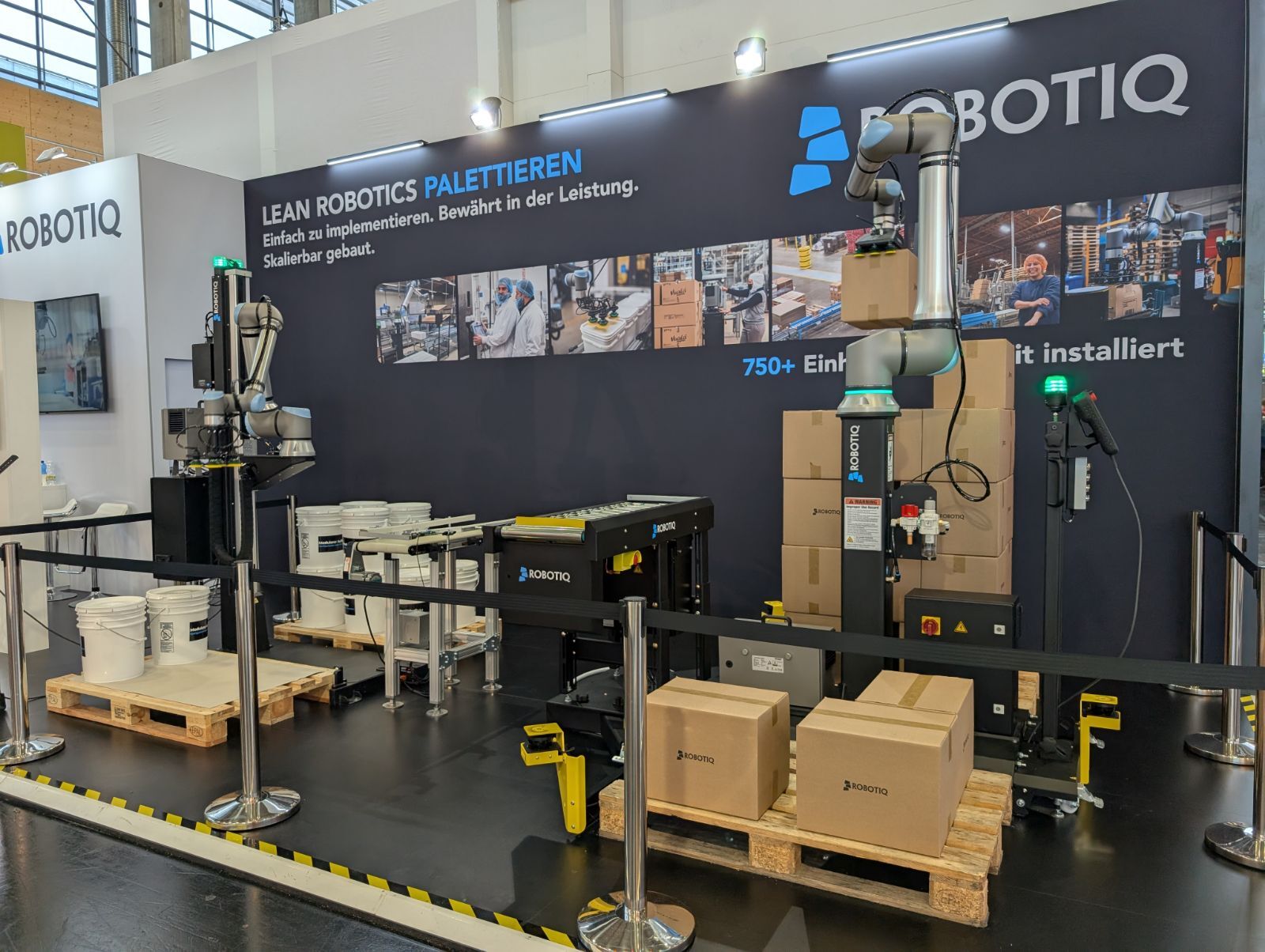Manufacturers increase productivity with robots
American firms can increase productivity with automation is one of the ideas put forth in a recent Economist article, which discusses the state of American manufacturing.
This article highlights a particularly important attitude shift for the automation industry as it promotes automation without the accompanying stigmatizing effects of increasing worker layoffs and resentment towards these changes, which have in the past sometimes accompanied the concept of automation. This is especially important in the present tight economy, where workers are often resentful about being squeezed to be more productive by taking on more tasks or working longer hours in an attempt to boost productivity.
During these hard times for manufacturing firms, it is understandable that many companies are wondering how they can improve their production efficiency, keep their workforce content and still improve their bottom line, in order to remain competitive and stay in business. It sounds like an impossible task, but if automation is seen as less threatening by workers, because they work with and next to machines and are not replaced by machines, then it is more likely that they will accept and integrate these automated improvements into their workplace. Thus this change in attitude towards automation is very important for the workforce, as it makes them partners in the productivity gains of their manufacturing plants.
This attitude shift is also important for the manufacturing sector, as they are also beginning to recognize the value that improved enhancements through automation can bring to make their manufacturing plants more productive and competitive. This means that manufacturers will be more willing to make the capital investments needed to carry out these improvements. Yes, manufacturing plants will have to make amortizable deductible expenditures on automation, but the return in productivity must more than compensate for these capital investments.
Worker efficiency and the quality of a worker's environment can be improved with the help of automation. We are not talking about human replacement by automation here, but about tweaking the production line. This can be done by studying the production process and establishing the places where production log jams occur. Then removing hold ups and bottlenecks in the production process or perhaps adding an additional production line to make the process move more efficiently and smoothly. Apparently many manufacturing firms are doing just this, as the article suggests, in order to remain competitive and to retain their production quality during these particularly difficult economic times.
So it would seem that investing in capital enhancements; such as more efficient machinery, information technology or other automated improvements are being used to increase productivity in American manufacturing and keep it thriving and competitive in the global marketplace.





-1.jpg)

Leave a comment